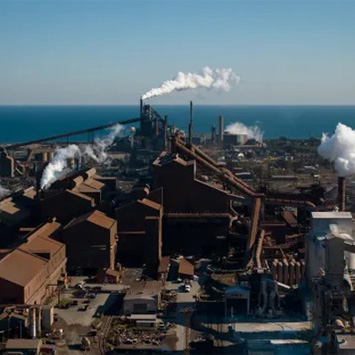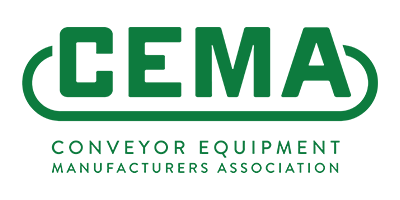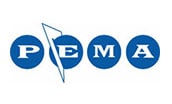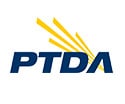Battery Recycling in the US
General Description
Lithium-ion batteries are used in many applications including electric vehicles, stationary grid storage systems, and consumer electronics. The primary metals in lithium-ion batteries are lithium, nickel, cobalt, and manganese which are essential to the economy and national security of the US. Current methods of mining these metals result in the emission of greenhouse gases and possible contamination of water and soil.
Recycling of lithium-ion batteries is necessary for manufacturing new batteries. Reclaiming these critical metals decreases the US’s reliance on foreign sources and reduces supply chain issues. The US is currently building plants for reclaiming critical metals since the demand for battery metals will grow over 600-percent through 2030. Electric vehicle sales are expected to grow by over 3,500-percent by 2040.
Current recycling methods involve dismantling and shredding the whole battery, then either melting it all down or dissolving it in acid to create “black mass”. Chemical elements and simple compounds are then extracted from the “black mass” and used to make new lithium-ion batteries.
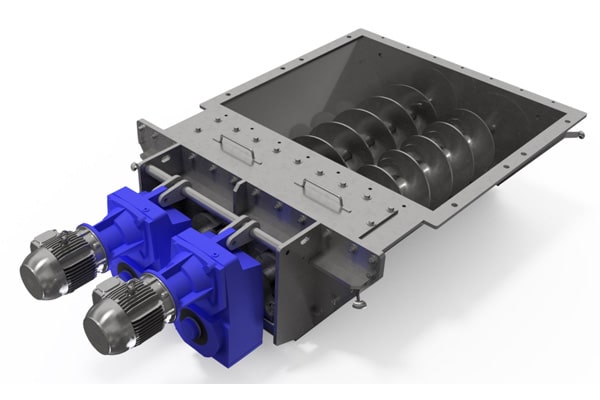
KWS Twin Screw Feeder Meters Shredded Lithium-Ion Batteries
Design Parameters
- Product Type: Ground Lithium-Ion Batteries
- Material Density: 112 Lbs. per Cubic Foot
- Capacity: 315 Cubic Feet per Hour
- Duty: 24 Hours per Day, 7 Days per Week
KWS Advantages
Batteries are typically shredded in a submerged bath and under hydrostatic pressure. This specific application required an operating pressure of 8-psig to prevent ignition of the material. KWS designed and manufactured a twin-screw feeder to function under continuous pressure and bolt directly to the shredder discharge. The unit fit in a very tight area and was accessible for maintenance. KWS engineering expertise allowed for seamless field installation.
KWS Special Features
KWS chose a twin-screw design based on the discharge opening of the shredder. The trough assembly is a weldment to prevent leakage. The non-drive end of each screw is supported with the KWS exclusive dead-end shafts. KWS dead-end shafts are flanged and bolted to the trough end and project internally. The tail end of the screw contains an internal bushing for the bearing surface. The screw rotates over the stationary dead-end shaft. The KWS dead-end shaft and bushing require little maintenance and are easy to replace.
Chesterton mechanical seals were used on the drive shafts to hold hydrostatic pressure inside the twin screw feeder. The split design allows quick, economical installation without equipment disassembly. Special buttons center the gland in the rotating element, ensuring maximum radial travel in all directions. The seal is rated to 175-psig which greatly exceeds the required working pressure of 8-psig.
KWS used direct-drive shaft mount gear motors to fit within the space constraints. The direct-drive shaft mount design is easily accessed for maintenance. KWS torque arm trough ends are used with shaft-mounted gear motors and allow movement with the run out of the drive shaft, reducing radial loads. The torque arm trough end incorporates the use of a pillow block roller bearing that supports the screw and acts as a thrust bearing.
An access port was added to the unit on the drive end for unbolting of the shafts from the screws and to aid in the removal of the screws.
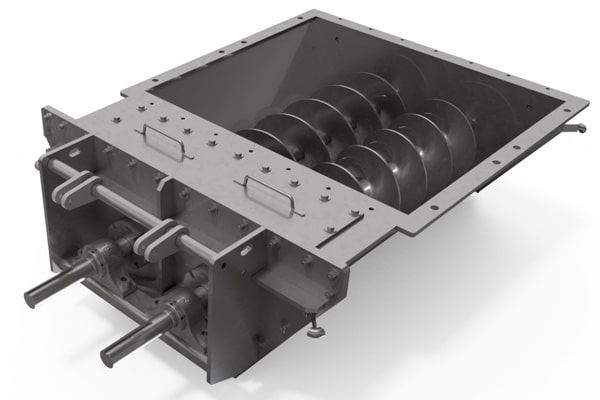
Chesterton Mechanical Seals Hold 8-Psig Hydrostatic Pressure Within Screw Feeder
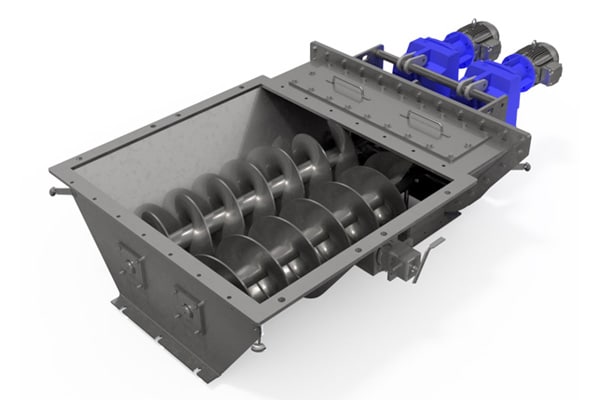
Dead End Shafts on Tail End Support Screws and Eliminate Leakage
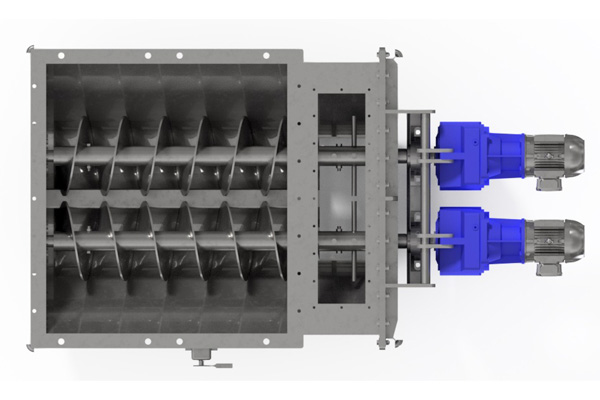
Access Port Aids in Removal of Screws
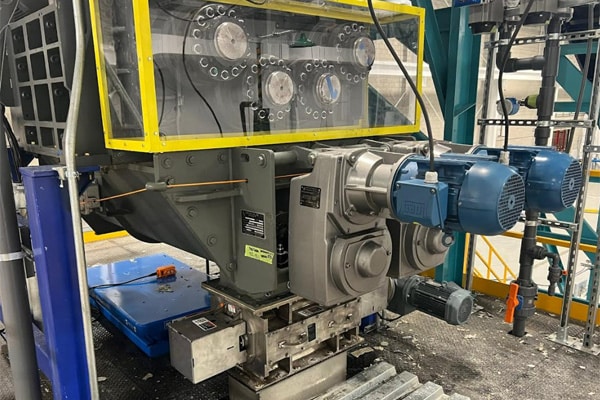
KWS Twin Screw Feeder Installed Under Shredder

